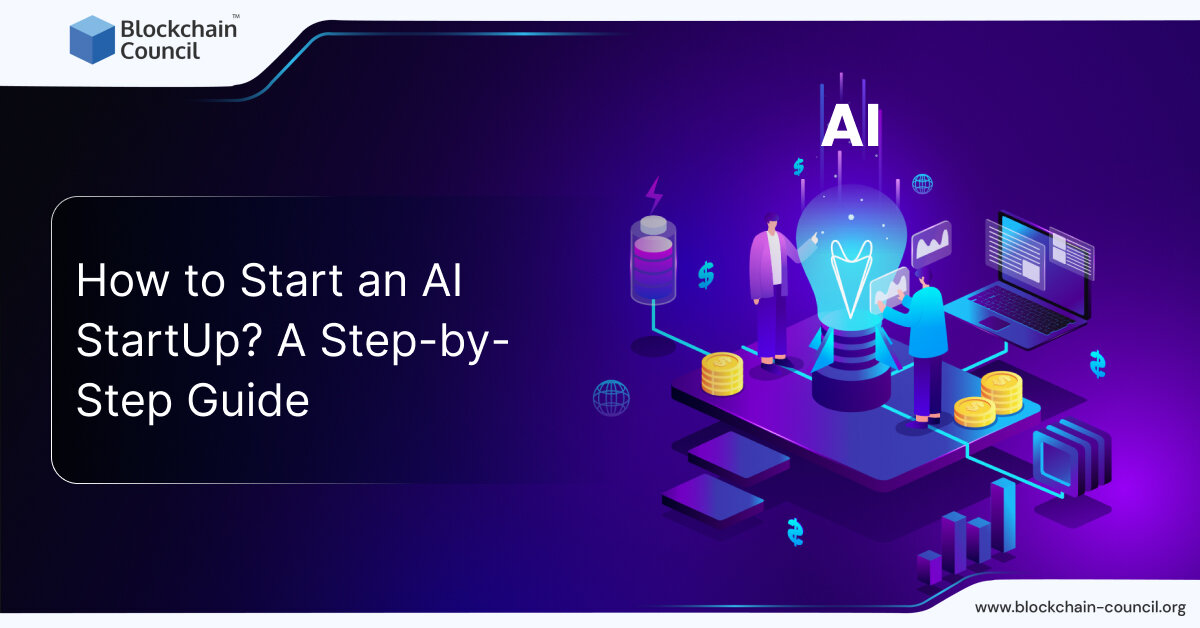
- Blockchain Council
- January 04, 2025
Recently, OpenAI transitioned its ChatGPT interface from Next.js to Remix. This shift represents a notable change in how OpenAI manages rendering and user interactions. This decision has sparked conversations, particularly among those unfamiliar with these frameworks. Let’s explore why OpenAI made this switch, the distinct features of Remix, and how it fits OpenAI’s needs.
Introduction to Next.js and Remix
Next.js and Remix are frameworks that build on React, a well-known JavaScript library used for creating user interfaces. Next.js is celebrated for its server-side rendering (SSR) capabilities, which enhance website performance and improve search engine optimization (SEO). Conversely, Remix prioritizes client-side rendering (CSR) and aims to optimize data fetching and display in the browser. OpenAI’s choice to move from Next.js to Remix reflects their strategic goals and the advantages each framework offers.
Understanding Client-Side vs. Server-Side Rendering
To grasp the reason behind the switch, it’s helpful to understand client-side rendering (CSR) versus server-side rendering (SSR). SSR generates most of the HTML on the server and sends it to the browser, which displays the page quickly. This method can reduce initial loading times, especially for content-heavy sites.
In contrast, CSR shifts much of the rendering work to the client’s browser. The server only provides minimal HTML, and JavaScript builds the page on the client side. Remix is optimized for CSR, making it suitable for applications where the backend handles heavy processing separately, such as in OpenAI’s setup.
Reasons for OpenAI’s Switch from Next.js to Remix
Client-Side Rendering Optimization
OpenAI’s ChatGPT interface doesn’t depend heavily on server-side rendering. Instead, the focus is on providing a smooth user experience with fast interactions. Remix’s strengths align well with this focus. By processing tasks on the client side, Remix ensures fast responses after the initial load. This is crucial for interactive applications like ChatGPT.
With Remix, the server provides necessary data upfront, while the browser handles most of the rendering. This is different from Next.js, where the server often does more work, potentially slowing initial load times. For OpenAI, Remix’s client-side approach results in quicker page loads and a better user experience.
Efficient Data Loading with Loaders
Another reason OpenAI chose Remix is its effective data handling through loaders. Loaders in Remix gather all needed data before rendering a page. This minimizes delays and ensures users get all information as soon as the page loads.
Next.js often requires loading JavaScript first and then making additional API calls to fetch data. This can slow down the initial load. With Remix, everything is delivered in one step, aligning with OpenAI’s goal of a seamless and fast user experience.
Flexibility with External APIs
OpenAI’s infrastructure relies significantly on external APIs for backend operations. Remix allows the front end to interact with these APIs without managing server-side logic. This separation benefits OpenAI by keeping backend logic separate from the frontend, which simplifies scalability and maintenance.
Remix’s lightweight frontend framework integrates smoothly with OpenAI’s backend systems. By focusing the frontend on providing a responsive user experience, OpenAI can optimize performance without complicating the architecture.
Technical Advantages of Remix Over Next.js
Routing System Improvement
Remix’s routing system is a notable advantage. Developed by the creators of React Router, Remix excels in client-side routing. It efficiently manages data loading and rendering for each route, which is crucial for applications like ChatGPT with many routes and interactions.
While Next.js also has a solid routing system, Remix optimizes data handling during navigation. This leads to faster page transitions and a more responsive experience, appreciated by ChatGPT users.
Lightweight and Fast Development Environment
Remix operates on Vite, known for its speed and lightweight nature. Vite offers a quicker and more flexible development environment compared to Next.js, which uses Webpack. For OpenAI, this means a smoother development process and faster build times, allowing developers to focus more on refining the application rather than managing the build.
Why Server-Side Rendering Wasn’t a Priority
You might wonder why OpenAI moved away from Next.js’s SSR capabilities, which is praised for performance and SEO benefits. The reason is clear: SEO isn’t a major concern for ChatGPT. As an application tool rather than a content-focused website, ChatGPT doesn’t need the advantages of SSR. The priority for OpenAI is fast, smooth client-side rendering where the server provides data rather than fully rendered pages.
Rendering on the client and fetching only needed data aligns better with ChatGPT’s design. This choice ensures the experience remains fast and responsive, meeting the expectations of users interacting with the application.
OpenAI’s Infrastructure and Remix
Custom Infrastructure Support
OpenAI continues to use its custom backend tools like Envoy for proxy management and Azure for content delivery. The frontend, now powered by Remix, operates on Express servers, highlighting OpenAI’s preference for lightweight and efficient server operations.
Use of Tailwind CSS for Styling
It’s worth noting that OpenAI still uses Tailwind CSS for styling, even after switching to Remix. Tailwind provides a streamlined approach to styling, and its continued use shows that the transition to Remix didn’t necessitate major changes in the styling setup. This continuity made the move smoother and less disruptive.
Conclusion
OpenAI’s switch from Next.js to Remix was driven by the need for a faster, more responsive application that fits their architectural goals. Remix’s focus on client-side rendering, efficient data loading, and smooth integration with external APIs made it a suitable choice for OpenAI’s ChatGPT interface. While Next.js remains a robust framework, Remix offers specific benefits that enhance user experience and streamline development for OpenAI. This decision underscores the importance of selecting tools that match project goals and needs.





































































 Guides
Guides News
News Blockchain
Blockchain Cryptocurrency
& Digital Assets
Cryptocurrency
& Digital Assets Web3
Web3 Metaverse & NFTs
Metaverse & NFTs
